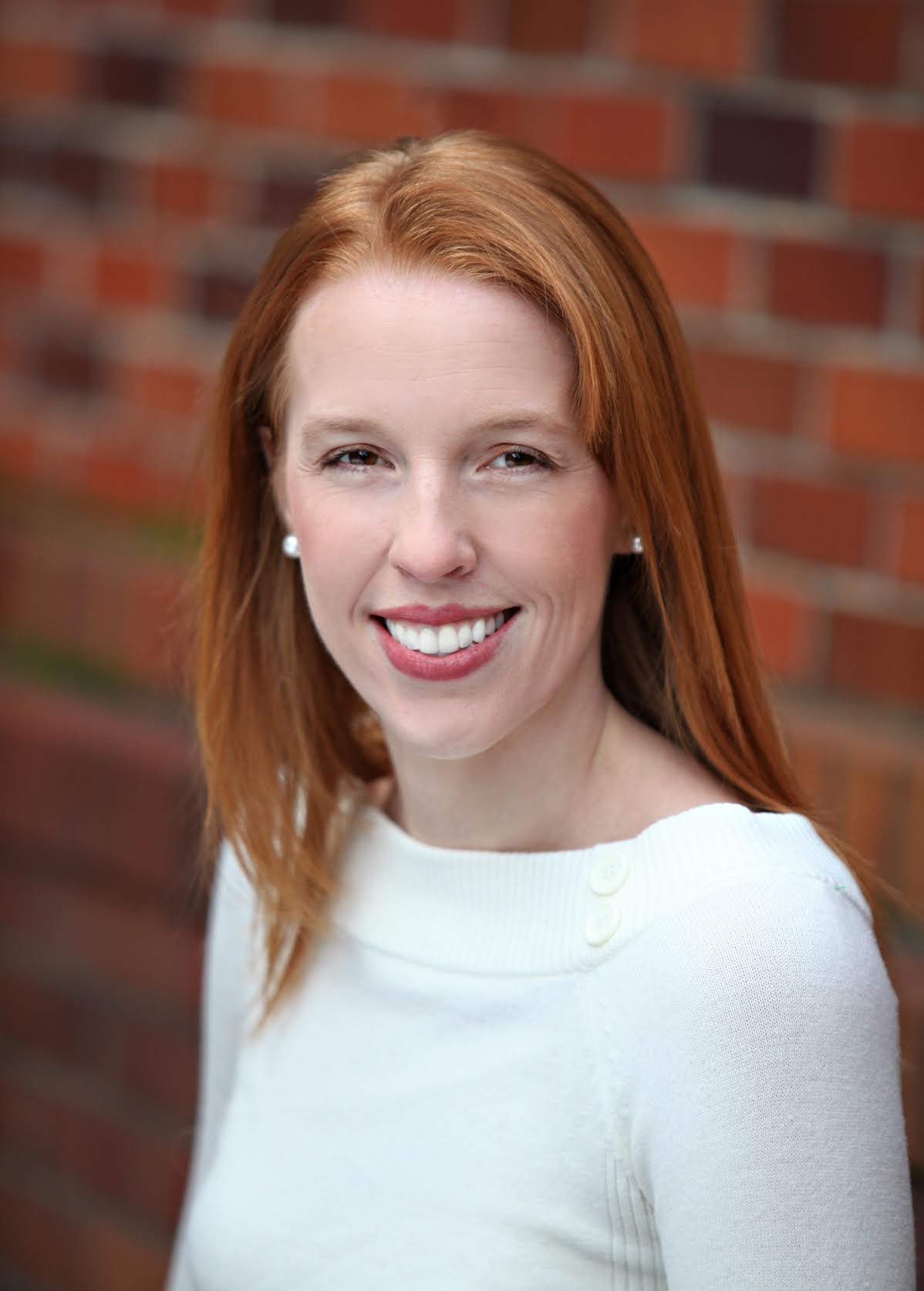Earlier this year, as Japanese organizing expert Marie Kondo moved her popular KonMari method from best-selling book to Netflix sensation, donations poured into Goodwill and Salvation Army.
With spring cleaning in full swing and KonMari converts cleaning with extra vigor this year, here’s a look at questions to consider in your coverage:
Are local businesses benefitting from the recent KonMari craze? Perhaps local retailers that sell storage and organization supplies are seeing more demand? Marie Kondo now has a network of KonMari consultants, but are local organizers not affiliated with Kondo getting more inquiries too? (The Washington Post ran an interesting explainer on what to know about hiring a professional organizer, a topic that could be localized for your readers.) Are local recycling or trash facilities dealing with an uptick in use?
Where do all these cast-offs go? In addition to the obvious thrift store donations, are used bookstores or resale shops getting more inventory? Are thrift stores or resale shops able to keep up with the extra inventory? Are they recruiting additional staff or volunteers? Changing how they store items? Passing excess inventory along to other organizations?
Beyond clearing closets and bookshelves, how else are people in your community applying the KonMari method? Are they nixing LinkedIn connections that don’t spark joy? Tidying their digital files? Rejecting toxic friendships?
Reporter’s Takeaway
The National Association of Productivity & Organizing Professionals (NAPO) might be a good place to start if you’re looking for professional organizers in your area to weigh in on this trend. Somewhat related to this is the field of professional senior move managers, who help seniors and their families downsize and organize their belongings in preparation for a move. The National Association of Senior Move Managers is the professional association for this niche.











